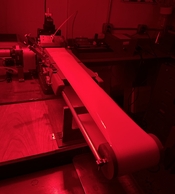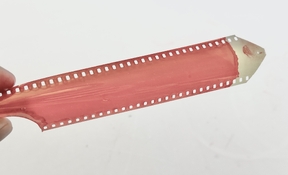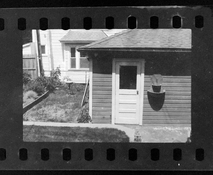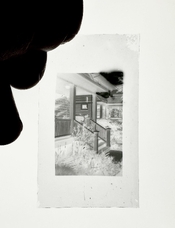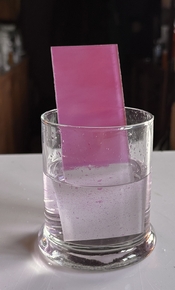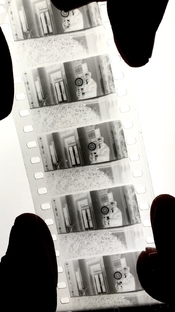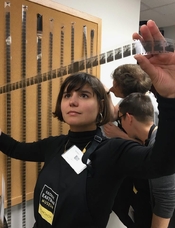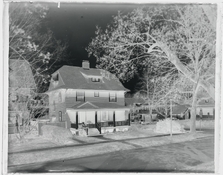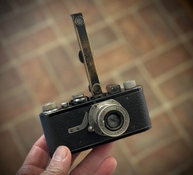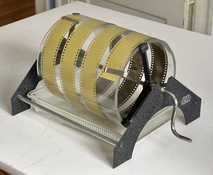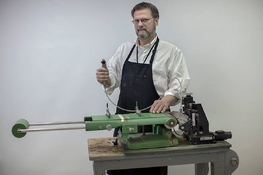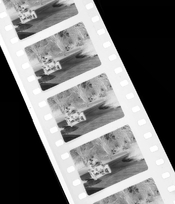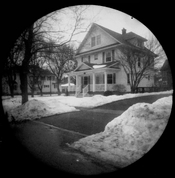@Mark Osterman thanks so much for the quick and fascinating follow-up. I'm glad to hear that while you have lost access to Eastman Kodak House's infrastructure, you've been able to retain/regain some essential equipment and moreover, that you're still very active in the field of exploring and reinventing all these beautiful photographic processes.
Thanks also for the clear answer on the anti-halation issue; it seems very effective indeed!
Do you intend to share at some point the emulsion recipe in its entirety? I imagine it's along the lines of some of the recipes already posted here on Photrio, but I'm sure many would be interested in comparing them. Personally I'd be interested to hear how in this particular emulsion the spectral sensitization is done; I imagine it's something fairly straightforward that would also be applicable for home users, right?
Also:
I say this without exaggeration: you can safely assume this is probably true for all your photographic projects. Please post often!








